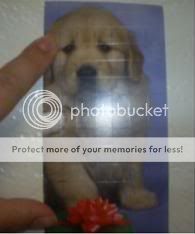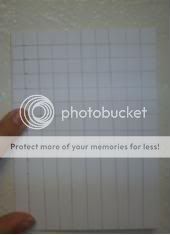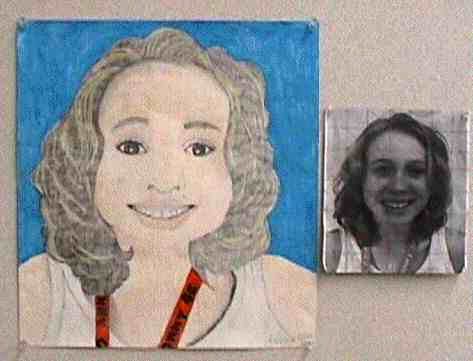Deanis
Tip#67: Sell Your Wii
More erm...cheek shadow, just to force a BIT of cuteness.... I'd like to midly tweak it in PS to give you an idea of what I mean.
Otherwise I love it man!
I like the scene you are putting it into. Awesome stuff.
Otherwise I love it man!
I like the scene you are putting it into. Awesome stuff.





